Open Rhinoplasty ExplainedOpen Rhinoplasty, also known as Open Structural Reconstructive Rhinoplasty, is a surgical technique designed to reshape and enhance the nose structure. But is it safe? What are the steps involved? How do you care for your nose afterward? And where should you go to achieve that perfect slope and defined tip?
If you’re planning a nose job, you want the best result possible. With so many options out there, choosing the right clinic can be overwhelming. To help guide your decision, WE Clinic has gathered everything you need to know about Open Rhinoplasty in one place.
What Is Open Rhinoplasty?
Open Rhinoplasty also known as Open Structural Reconstructive Rhinoplasty or Open Recon is a surgical procedure that restructures the internal framework of the nose to address both functional and aesthetic concerns.
This technique involves a full open approach, allowing the surgeon to reshape the nasal foundation, including osteotomy (breaking and repositioning the nasal bone), correcting the cartilage structure, reinforcing the central support with cartilage grafts, reducing the nasal tip, and extending the septum to achieve better projection. A silicone implant is then placed over the corrected framework to create a refined, balanced contour.
Open Rhinoplasty (Open Recon) is a highly effective technique for correcting a wide range of nasal concerns. Whether you’re dealing with a high dorsal hump, a droopy or hooked nose, a wide or bulbous tip, or even a short, upturned nose—this approach allows for precise structural correction that results in a slimmer, longer, and more refined appearance.
If you’re planning to undergo Open Rhinoplasty and want to know exactly what happens during the procedure, Dr. Sam has written a detailed guide just for you. Check out our article: “Everything You Should Know About Nose Job Techniques and Pre-Op Tips.”



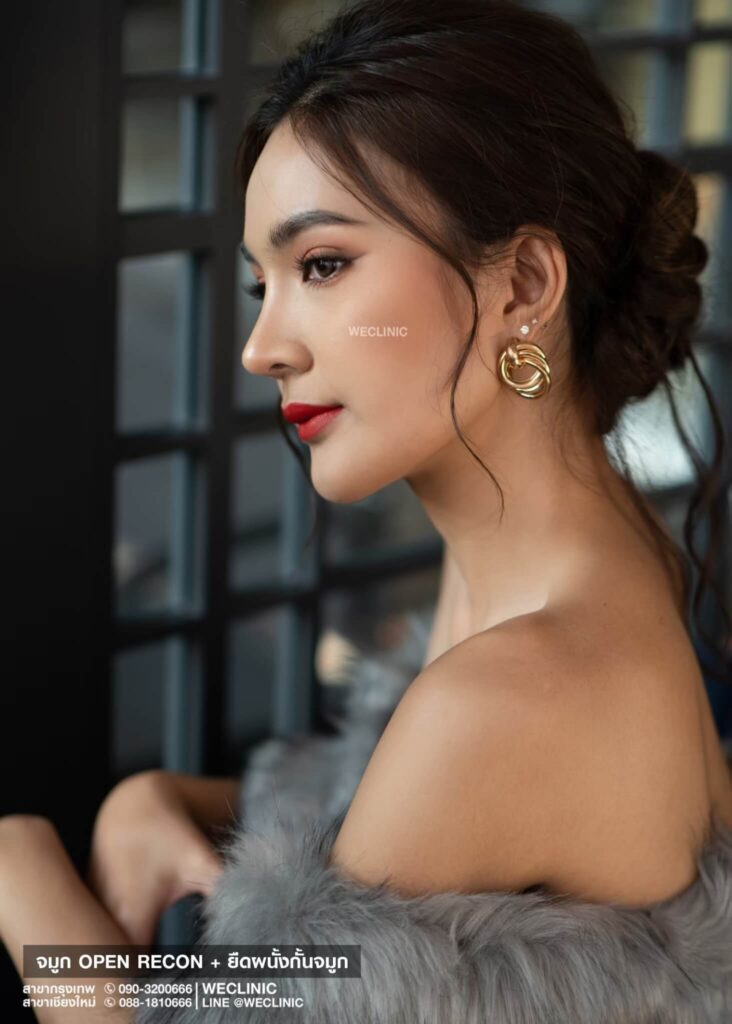


Who Is a Good Candidate for Open Rhinoplasty?
Many people wonder why choose Open Rhinoplasty? And for those considering a first-time nose job, is it really necessary to go with the open technique?
In truth, Open Rhinoplasty offers direct access to the internal nasal structure, making it ideal for patients with underlying anatomical issues even if they’ve never had surgery before. For example, individuals with a high dorsal hump, drooping tip, wide nasal bones, or asymmetry in the nasal base may benefit significantly from this approach.
Because the open technique allows the surgeon to visualize and reconstruct the nasal framework directly, it delivers precise correction. It’s also highly recommended for revision cases where previous surgeries have compromised the nasal structure. In such situations, Open Rhinoplasty offers more predictable and lasting results compared to the closed technique.
Bulbous Nose, Thick Skin

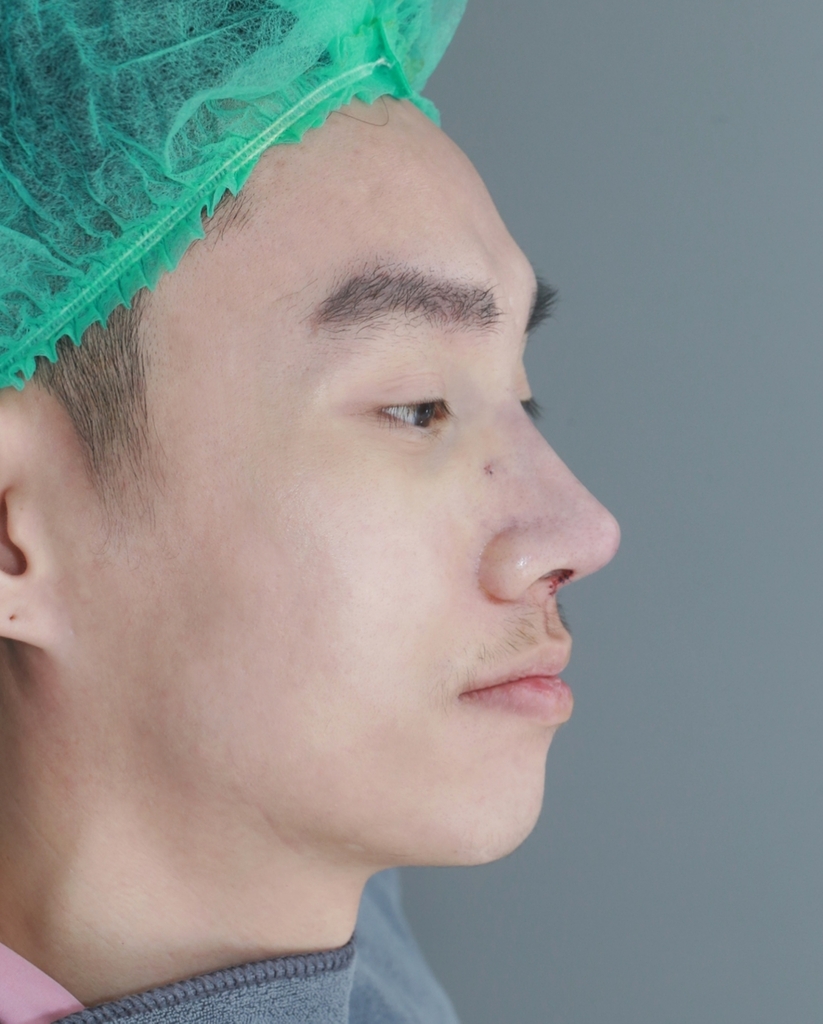
For patients with a bulbous nose and thick nasal tissue, reducing the overall size of the nose is necessary to create a slimmer, more attractive shape. That’s why Open Rhinoplasty is the preferred approach—it allows the surgeon to directly access and correct the internal structure.
Through this technique, cartilage grafts are used to lengthen the natural nose, and the septum can be extended to lift and project the nasal tip. This provides a longer, more defined, and aesthetically pleasing result.
Dorsal Hump Nose


A dorsal hump, sometimes referred to as a “camel hump” nose, is a raised area along the nasal bridge. The height and severity of the hump vary from person to person. The more prominent the hump, the harsher and more masculine the facial features may appear. This nasal shape is commonly seen in people of Western descent, though it can also be found in some Asian patients.
Open Rhinoplasty can correct this concern through techniques such as nasal bone reduction and hump removal (osteotomy). By smoothing the nasal bridge and reducing the bony height, the overall nose shape becomes smaller and more refined.
Droopy or Hooked Nose
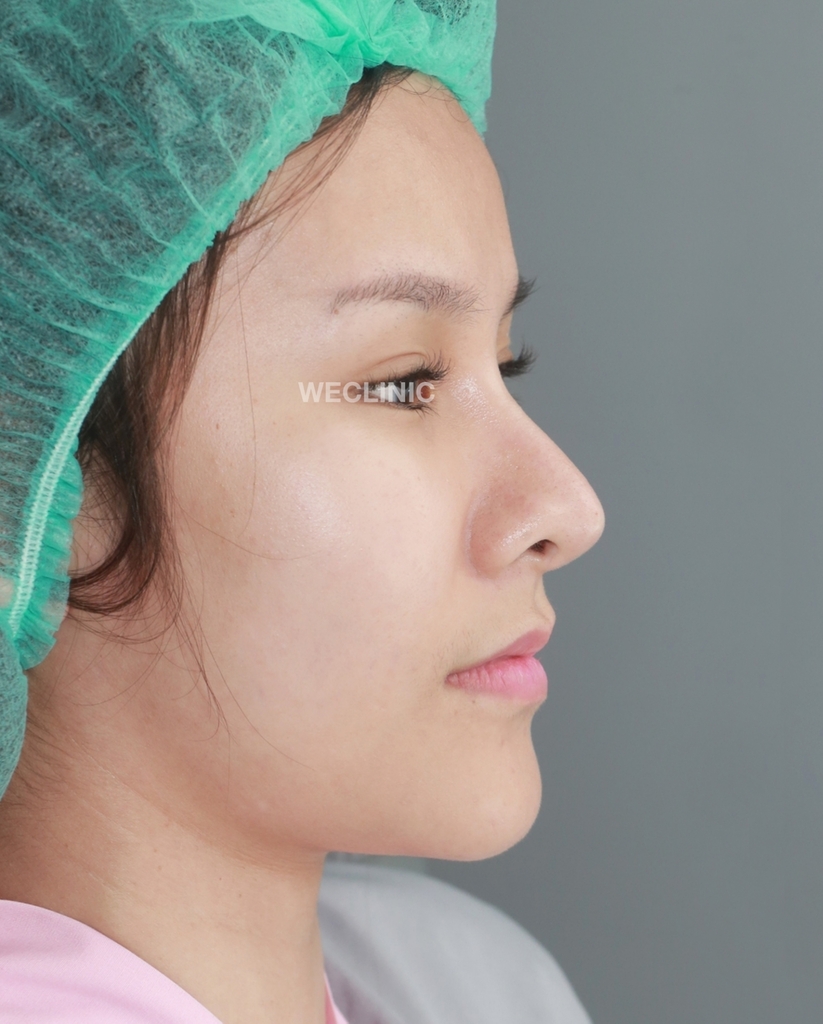
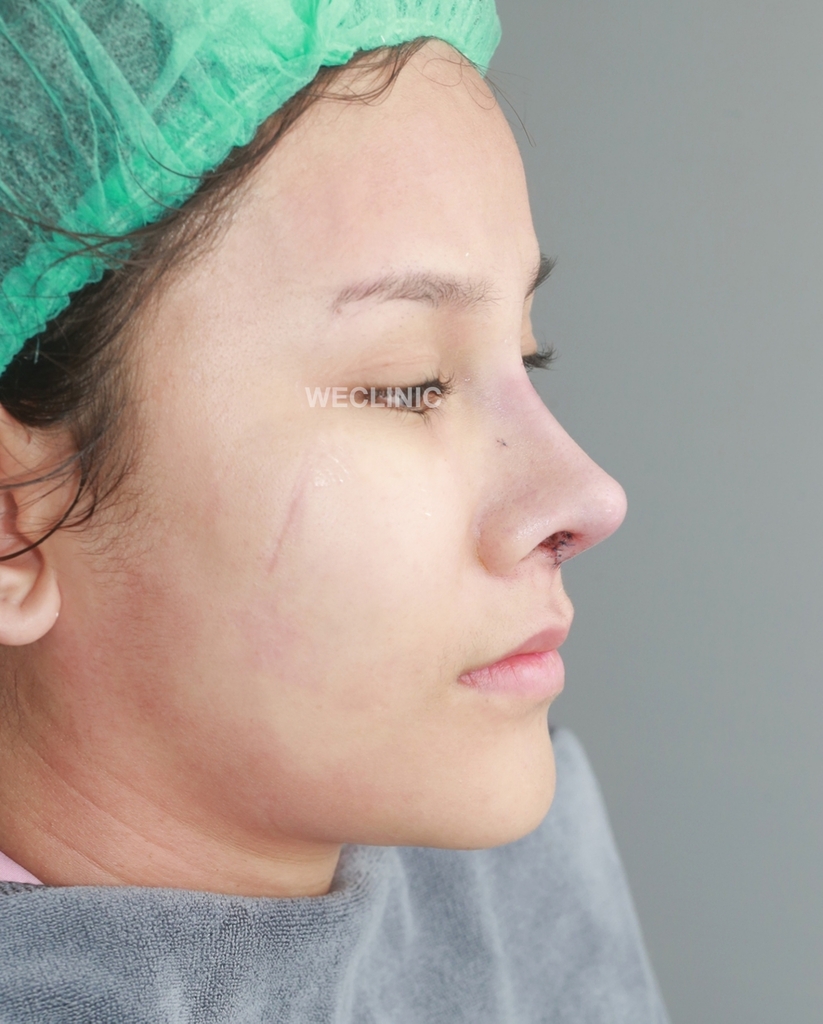
A droopy or hooked nose features an elongated nasal tip that curves downward, often resembling a bow. This shape can give the face an older or more tired appearance. To correct this, the open rhinoplasty technique allows for deep structural work such as extending, lifting, and reshaping the nasal tip. The result is a more balanced and youthful-looking profile.
In contrast, using the closed technique without adjusting the underlying structure may worsen the problem. Adding a silicone implant on an uncorrected base can increase the droopiness and make the nose appear even more curved downward.
Short or Upturned Nose
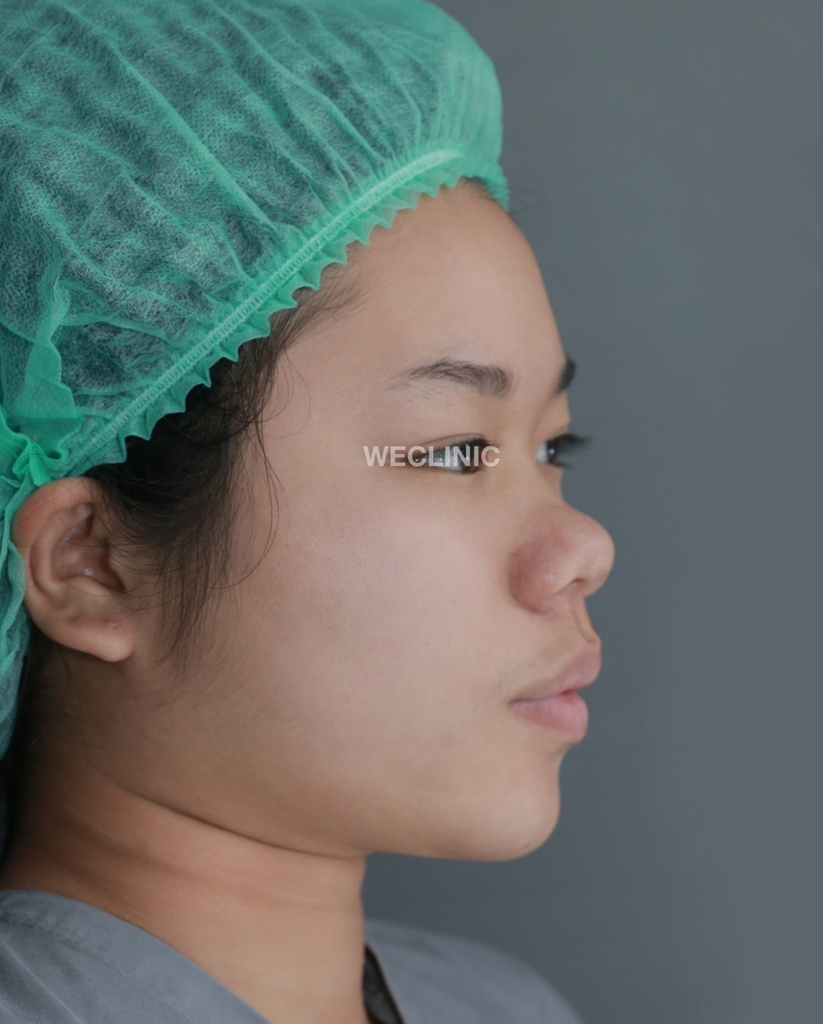
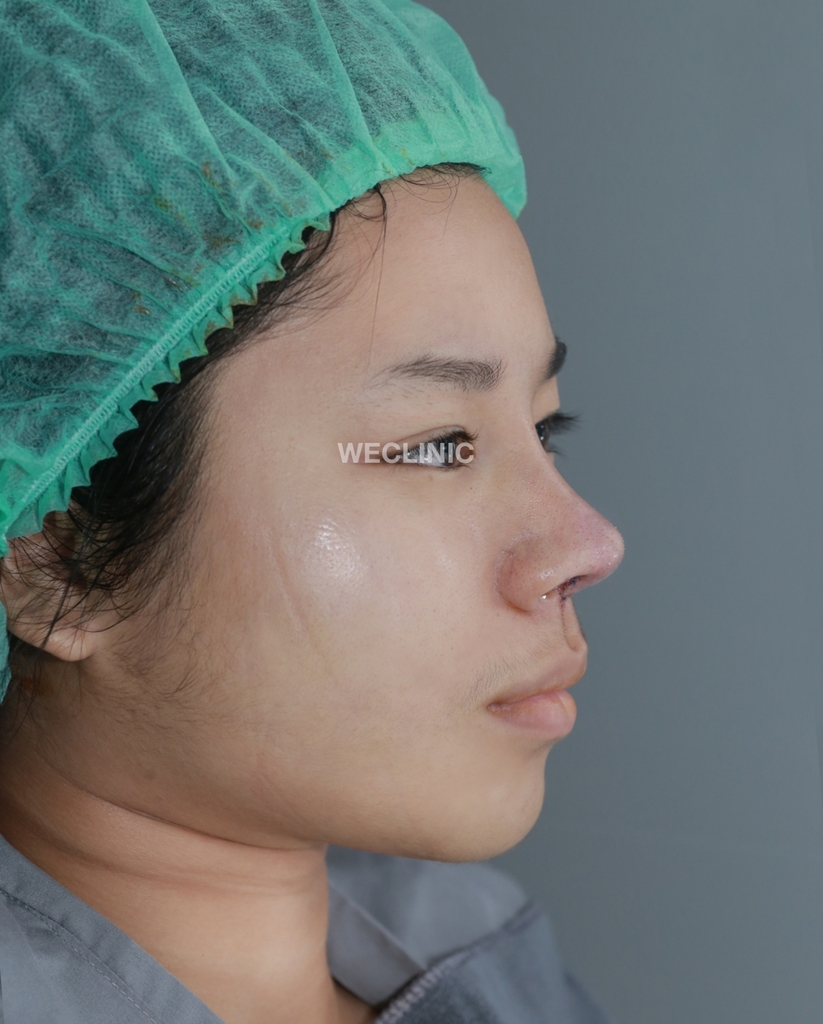
A short or upturned nose can result from various causes; some people are born with it, while others develop it after multiple rhinoplasty revisions that lead to scar tissue contracture. For these cases, the closed technique alone is usually not sufficient. Correcting a short nose requires structural lengthening, and forcefully inserting a long silicone implant without proper preparation may stretch the skin too much, increasing the risk of tip redness or even future implant extrusion.
That’s why Open Rhinoplasty is recommended for short or upturned noses. This technique allows the surgeon to work directly on the internal structure. Cartilage grafts are typically used to extend the natural nasal framework, and the septum is lengthened to raise and project the nasal tip. This transforms a short, blunt nose into a longer, slimmer shape that better harmonizes with the rest of the face.

Open Rhinoplasty Procedure: Step by Step
ก่Many patients wonder what actually happens during Open Rhinoplasty, what are the steps, and what will the surgeon do?
Before surgery, patients complete a medical history form and change into a clinic-provided gown. A consultation with the surgeon always takes place before the operation. Once everything is confirmed, a combination of light sedation and local anesthesia is administered to prepare the patient for surgery.
Open Rhinoplasty is performed under sedation with local anesthesia. Once the patient is fully relaxed and asleep, they are brought into the operating room, and the procedure is carried out step by step.
- Once the patient is fully sedated, the surgeon injects local anesthesia around the nose and waits approximately 15 minutes for it to take effect.
- After the anesthesia works, an open incision is made at the columella (the middle base of the nose) to access and correct the nasal structure directly.
- Defatting: Excess fat tissue at the nasal tip is carefully removed to refine and slim the nose—especially for patients with thick skin or a bulbous tip.
- Foreign material or fibrosis removal: Any residual liquid fillers, silicone, or thick scar tissue attached to the nasal lining is removed.
- Osteotomy and hump reduction: The nasal bones are reshaped, and any dorsal hump or bony irregularities are corrected to create a smoother and more elegant slope.
- Extension graft / Strut graft: The septum is extended and the nasal framework is reinforced using cartilage grafts typically harvested from the ear or nasal septum—to add strength and safe projection to the nasal tip without creating tension on the skin.
- Tip plasty The cartilage at the tip is trimmed, repositioned, and refined. Interdomal sutures are used to narrow the tip or create a new one, sometimes with the patient’s own cartilage or fat.
- Silicone implant placement: At WE Clinic, Dr. Sam uses a custom-carved L-shaped silicone implant tailored to the patient’s facial proportions. A thin layer of soft tissue or fat is placed at the nasal tip to cushion and protect against implant extrusion.
- Wound closure and aftercare: Once reshaping is complete, the incision is closed, a nasal splint is applied, and antibiotics are prescribed.
- After recovery from sedation, the patient can return home. Since sedation is used during Open Rhinoplasty, some fatigue or drowsiness is expected. Therefore, a family member or friend should accompany the patient on the day of surgery.
Open Rhinoplasty vs. Closed Rhinoplasty
- Open Rhinoplasty is performed under sedation and typically takes around 3 hours, depending on the complexity of the case. This technique focuses on restructuring the internal nasal framework. The surgeon starts by adjusting the bone base, performing osteotomy, reinforcing the central support, and extending the septum. After correcting all internal issues, a silicone implant is placed over the newly built foundation to ensure stability and long-term results.
- Closed Rhinoplasty, on the other hand, is done under local anesthesia and is considered a less invasive procedure. The surgery usually takes about 60 to 90 minutes. In this method, the surgeon sculpts the silicone implant and files the nasal bone as needed, placing the implant directly over the existing nasal structure. Adjustments are made case by case to enhance the nasal slope and definition, giving the nose a more contoured appearance, especially from the front. It is often used for minor enhancements or adjustments within the limits of the existing skin envelope.
Learn more: What Is Closed Rhinoplasty? Is It Right for You? Key Things to Know Before the Procedure.
Open Rhinoplasty Review
Open Technique Rhinoplasty Review: Septal Extension
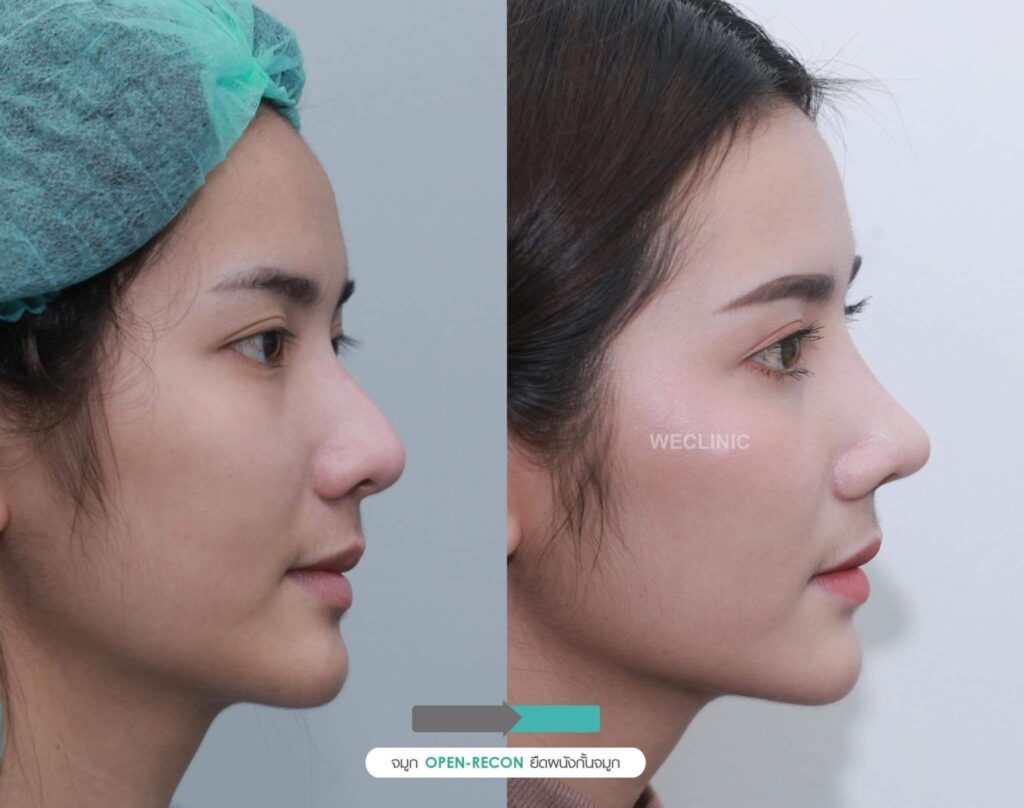
Before & After – Open Rhinoplasty with Septal Extension Technique
Before surgery, the patient had a prominent dorsal hump and a drooping nasal tip, giving the face a harsher appearance. Using the closed technique in this case would have increased the risk of implant shifting and limited tip projection.
To address this, the surgeon performed Open Rhinoplasty, restructuring the nose and extending the septum to lift the tip. A cartilage graft was placed at the center to lengthen the nasal septum beyond its original structure, resulting in a longer, more projected nose with improved support and stability.


Before correction, this patient had a droopy nose with a mild dorsal hump. The surgeon performed Open Rhinoplasty to access and reconstruct the internal nasal framework.
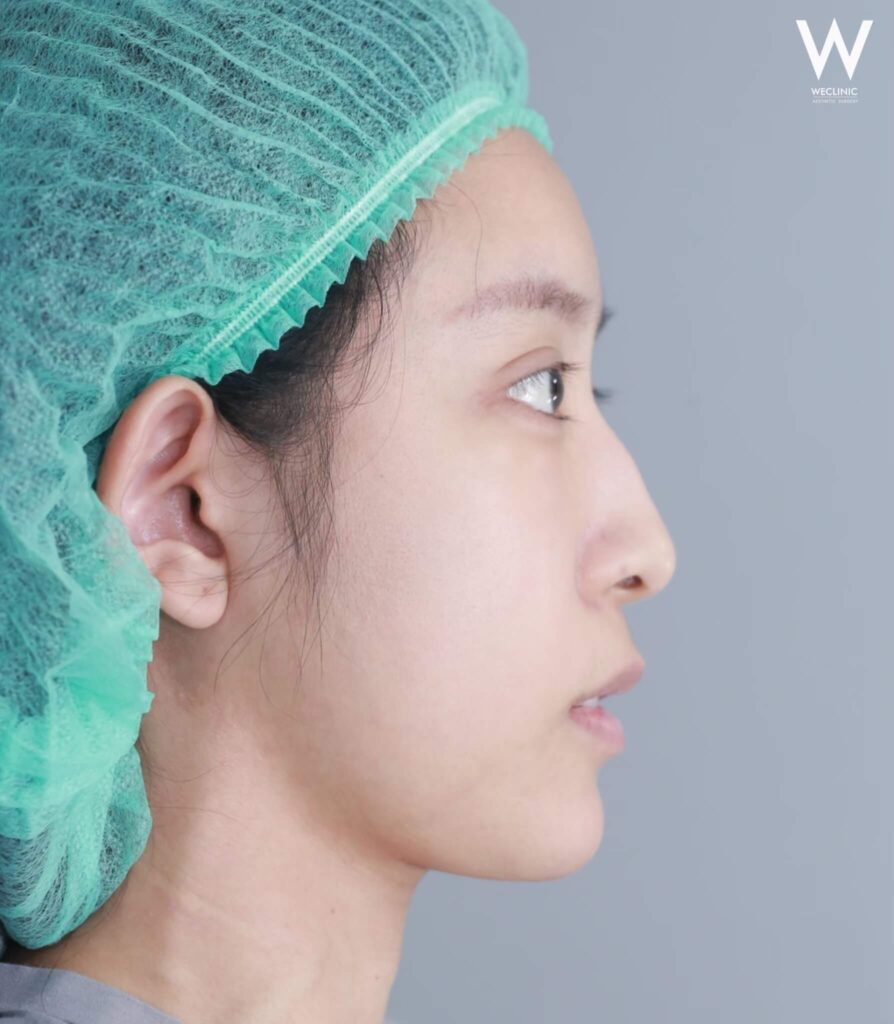

To achieve full projection, height, and length, a cartilage graft was used to extend the natural nasal structure directly before placing the silicone implant.


Pre-Op View – Open Rhinoplasty with Septal Extension Technique
Before surgery, the patient had a high dorsal hump and a droopy nasal tip, creating a harsh, witch-like appearance. Using a closed rhinoplasty technique in this case could lead to implant shifting and limited tip projection, due to restricted soft tissue extension.
To resolve this, the surgeon performed Open Rhinoplasty to restructure the nose and extend the septum, allowing the tip to be lifted. The nasal septum is the internal cartilage wall between the two nostrils. Its length directly influences the nose; short septum results in a short nose, while a longer septum allows for greater nasal length.
In this technique, a cartilage graft is placed at the center to extend beyond the original septum, helping the nose appear longer and more projected.
Open Rhinoplasty for Revision Cases
For patients who have previously received liquid filler injections in the nose area, Open Rhinoplasty is required for correction. This is because liquid substances often leave behind residue or form fibrotic tissue that cannot be completely dissolved. These cases are typically more complex and take longer than standard revision surgeries.
At WE Clinic, Dr. Sam only accepts these cases through the open technique. The reason is that all residual filler must be thoroughly removed from the nasal tissue before any structural correction or reshaping is done. This approach ensures better long-term results and reduces the risk of future revisions.
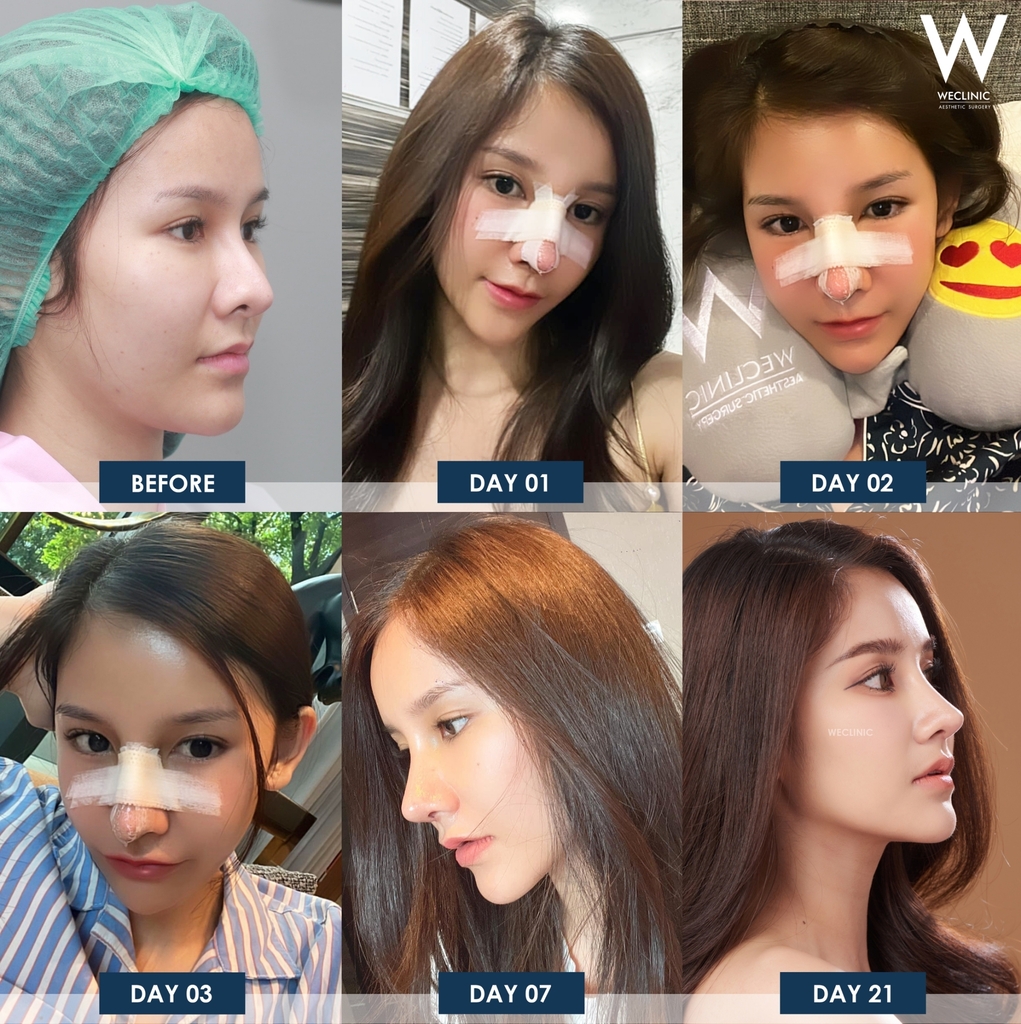
Post-Operative Care After Open Rhinoplasty
After completing the Open Rhinoplasty procedure, patients may experience typical post-surgical symptoms, such as pain once the anesthesia wears off. To help reduce discomfort and support faster healing of the surgical wound, patients can follow these recommended self-care steps.
- Patients are scheduled for an antibiotic injection 2 days after surgery.
(For those living in other provinces or unable to return to the clinic, medication can be taken and administered at a nearby clinic or hospital.) - Sleep with your head elevated on a high pillow for at least 2 weeks.
- Apply a cold compress for the first 3 days to reduce swelling and bruising, then switch to a warm compress until symptoms improve.
- Take all prescribed medications as directed by your doctor.
- Clean the incision site twice daily using alcohol and povidone-iodine (Betadine), every morning and evening.
- Keep the nasal splint on for 7 days.
- Stitches will be removed in two sessions: on day 7 and day 14.
- Avoid alcohol and smoking for 1 month.
- Avoid strenuous exercise for 1 month.
- Watch your diet: avoid fermented foods, raw or undercooked dishes, seafood, and canned products.
- For the first 2 weeks, do not allow the wound to get wet.
Wait until after the stitches are removed and the incision is fully healed. - Follow-up appointments are scheduled at 1, 3, and 6 months post-op to assess healing and nasal shape.
Read the full article about post-rhinoplasty self-care here: How to Take Care of Yourself After Rhinoplasty for a Beautiful and Safe Result + Q&ARead more answers to common post-surgery questions here:
“Answering: How Many Days After Rhinoplasty Can You Sleep on Your Side? + Correct Sleeping Positions”
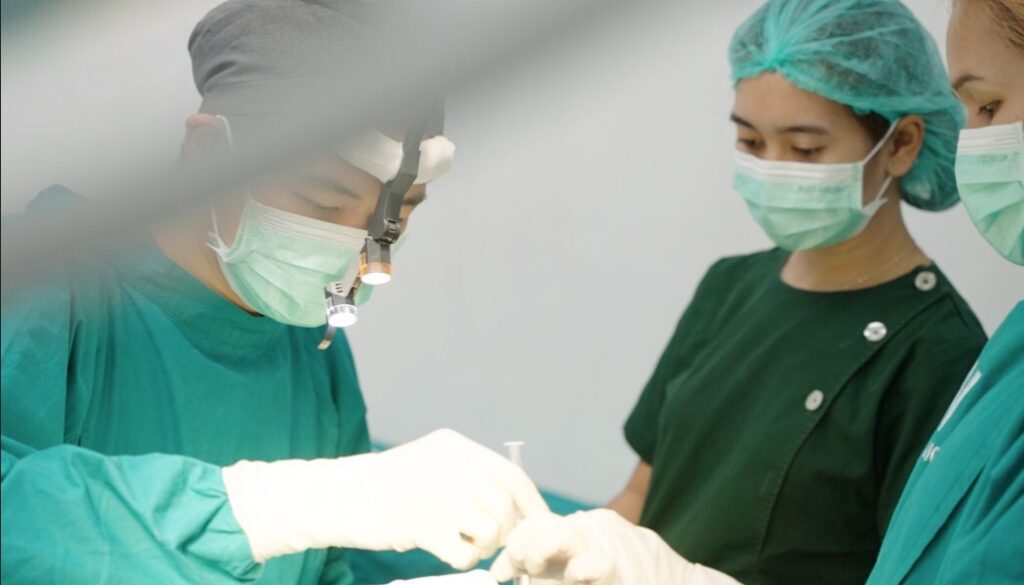
Where to Get Open Rhinoplasty?
Why choose WE Clinic for Open Rhinoplasty? If you’ve done any research on this procedure, chances are you’ve already heard of us. From trusted surgeons to impressive results, WE Clinic has become a go-to destination for anyone looking to enhance their features through the open technique. Our real patient reviews speak for themselves.
- Licensed and Certified Clinic WE Clinic is fully licensed under Thai law, with medical facility registration number 10101035759. The clinic meets the standards set by the Ministry of Public Health and is officially registered and certified.
- Board-Certified Physicians All procedures are performed by board-certified doctors. Dr. Sam graduated with a Doctor of Medicine (MD) degree from Chulalongkorn University, while Dr. Dada graduated from Chiang Mai University. Both doctors have continued their studies in aesthetic facial surgery in both South Korea and Thailand.
- Pre-Surgical Consultations for Every Patient At WE Clinic, all rhinoplasty patients are required to have a consultation before surgery. During the appointment, the doctor will assess the current nasal structure, discuss concerns, and help define the desired shape. This allows for a clear treatment plan and personalized recommendations from the surgeon.
- 1-Year Post-Surgery Warrantee After surgery, WE Clinic offers a 1-year post-operative guarantee to give patients peace of mind. We are committed to your care throughout the healing process, with follow-up appointments scheduled at 1, 3, and 6 months after the procedure.
Read more: How to Choose the Right Clinic for Rhinoplasty – Making the Right Decision
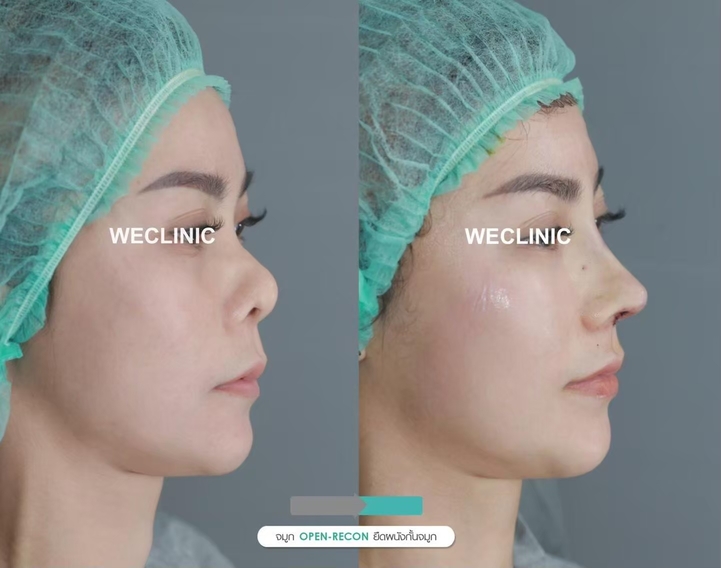
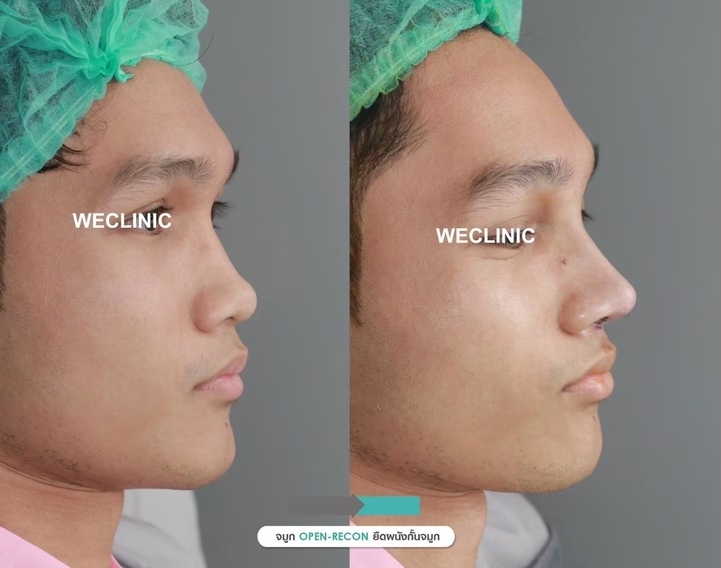
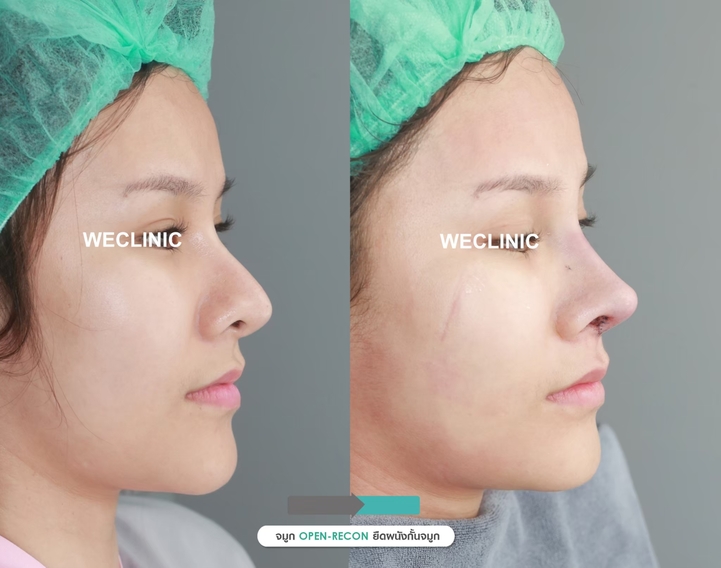

Benefits of Open Rhinoplasty
1. Addresses almost all nasal concerns
Open rhinoplasty allows surgeons to see the internal nasal structures clearly, enabling precise corrections. This is especially effective for complex cases such as scar tissue, deviated noses, or revision surgeries, where individual problems vary widely.
2. Creates a more defined, lifted nasal shape
Most Thai patients tend to have weak nasal structures. Open rhinoplasty with structural reconstruction and septal extension strengthens the foundation, resulting in a higher, more projected, and refined nasal profile.
3. Suitable for patients with prior filler or thread lift procedures
For those who have had liquid filler injections or nasal thread lifts, open rhinoplasty can remove residual substances and fibrotic tissue. These procedures often lead to abnormal tissue reactions like swelling, redness, filler migration, uneven skin, or nasal deformity. Removing such substances requires an open approach and a highly skilled surgeon before rebuilding the nose.
4. Offers long-term safety
By reinforcing the nasal structure often with cartilage grafts or alternative materials placed between the nostrils the nose becomes stronger and better able to support silicone implants or additional grafts, ensuring long-term durability and safety.
5. International standard surgical technique
Did you know that the “Korean-style rhinoplasty” commonly referred to in Thailand is actually an open rhinoplasty? In Korea and many advanced countries, open rhinoplasty with structural adjustments is considered the gold standard. At We Clinic, we uphold international standards in surgical knowledge and practice.
Precautions for Open Rhinoplasty
1. Open rhinoplasty is a more complex procedure
Patients should carefully select a trustworthy clinic with hygienic, well-equipped facilities. It’s also essential to choose a highly skilled and experienced surgeon. At We Clinic, both Dr. Sam and Dr. Dada has over 5 years of experience and has performed thousands of open rhinoplasty cases.
2. Risk of complications
Despite being performed with precision, complications may still occur in some cases—such as nasal asymmetry, nostril retraction, or wound healing issues. We Clinic recognizes these possibilities and provides a 1-year post-operative care warranty. Patients are encouraged to attend regular follow-up appointments at 1, 3, 6, and 12 months to monitor progress and ensure proper healing.
3. Post-op care is essential
Since open rhinoplasty is an investment, proper care is crucial. Patients should stop smoking entirely for at least 6 months before surgery, as cigarette toxins delay tissue healing, hinder wound closure, and increase the risk of internal scar tissue. Alcohol and blood-thinning supplements or vitamins should also be avoided for at least 2 weeks prior to surgery.Learn more about post-surgery care:5 Foods to Avoid After Cosmetic Surgery
















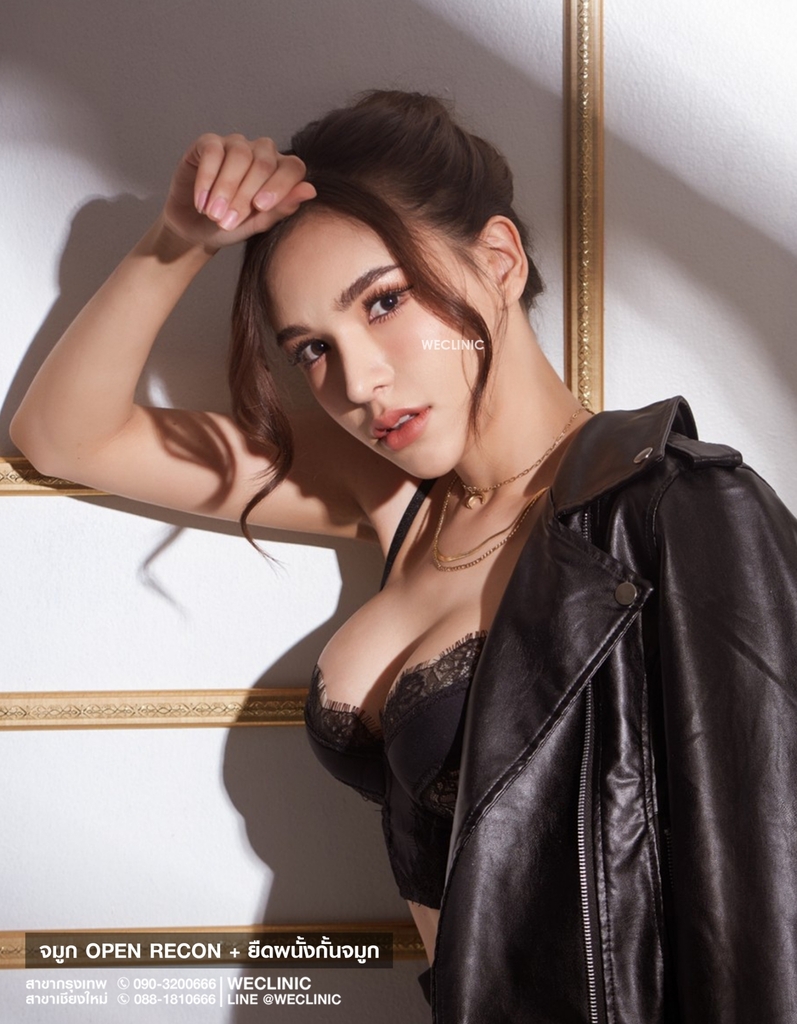




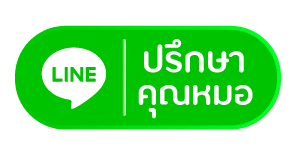
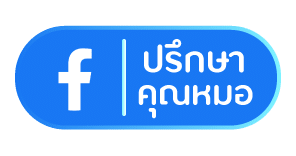
สำหรับผู้อ่านทุกท่านที่มีข้อสงสัยเพิ่มเติม ทีมแพทย์ We Clinic ยินดีให้คำปรึกษาฟรี
โดยไม่มีค่าใช้จ่าย หรือสามารถปรึกษาหมอทาง facebook หรือ Line ได้ที่นี่เลยครับ